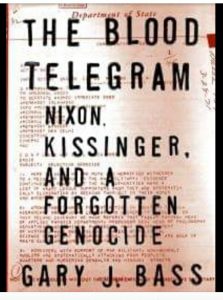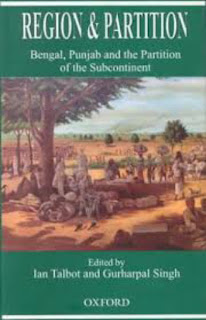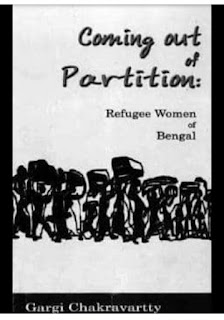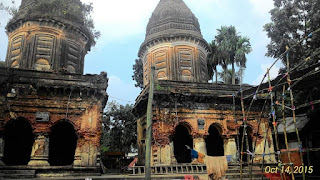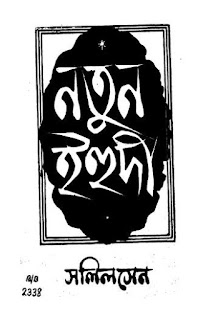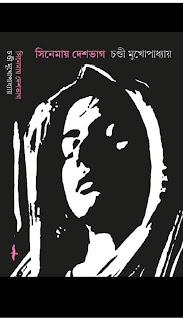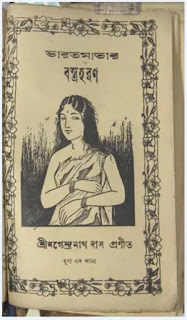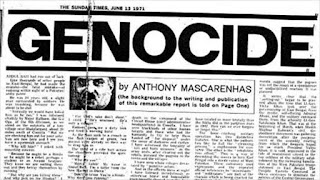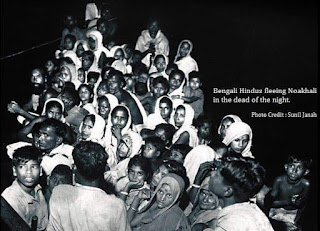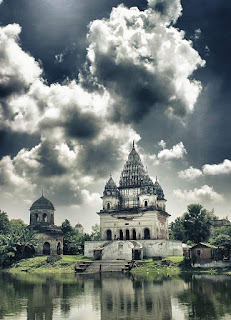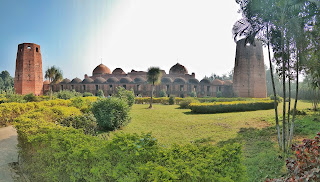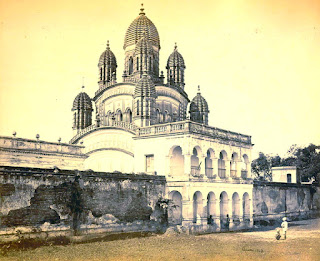The Dargah of Shah Ata is a historical monument situated in the ancient city of Bangarh of Gangarampur, in Dakshin Dinajpur district, West Bengal. Well known as a historical Masjid or Dargah, this used to be a Hindu temple. Bangarh has been in existence since at least 200 BCE. It used to be administrative centre of Kotivarsha Vishaya, which was a part of the wider administrative unit of Pundravardhana Bhukti. Mahasthangarh, one of the earliest urban archaeological sites discovered in eastern Bengal (currently Bangladesh), was its capital during in the period of Chandra Empire, Varman Empire and Sena Empire till the Senas were defeated by Bakhtiar Khilji. The site of this monument is traditionally associated with Ban Raja or Bana (aka Banasura), a legendary king of Sonitpura (currently Tezpur, Assam). An excavation carried out by the University of Calcutta in 1938(1938-1941), found evidences from as early as 3rd century BCE till 14th century CE. It consists of a ...
